Buy the photo Autumn ginkgo by Holger Felix on canvas, ArtFrame, poster and wallpaper, printed on demand in high quality.
About "Autumn ginkgo"
by Holger Felix
About the artwork
An autumnal ginkgo, few leaves in the crown, many leaves on the ground. It's mid-November, the leaves are falling and lie in rich colours around the old giant. The Ginkgo Biloba tree, planted around 1860, stands in Schwerin Castle Gardens. At 165 years old, it is an impressive sight. It is a well-known feature of the garden and a sight that can be experienced at any time of year. The ginkgo is thought to be the oldest tree in the world. It may therefore be the ancestor of all trees. This also explains why the "Tree of the Year" board of trustees honoured the ginkgo as the "Tree of the Millennium" at the turn of the millennium. Botanists assume that the ginkgo is already over 300 million years old. Ginkgo also has many different meanings: it symbolises hope, resilience and peace, especially due to its ability to survive after the US atomic bomb was dropped on Hiroshima. Culturally, it symbolises longevity, friendship, love and happiness in China and Japan. In traditional medicine, it is used for its circulation-promoting properties and is said to support brain function. In China, the dioeciousness of the tree and the divided leaf are also seen as a symbol of the balance of the Chinese philosophy of 'yin and yang', which represents male and female principles, day and night, life and death.

About Holger Felix
Holger Felix, born 1959, photographer from Wismar, Mecklenburg-Vorpommern. I have been taking pictures since I was seven years old. I started with a simple roll film camera in b/w, model Pouva Start from 1952. In my late youth I got my first analog SLR camera. Today.. Read more…
 Germany
Germany Ordered in March 2025
Ordered in March 2025
 Netherlands
Netherlands Ordered in September 2020
Ordered in September 2020
 Netherlands
Netherlands Ordered in May 2023
Ordered in May 2023
 Germany
Germany Ordered in January 2021
Ordered in January 2021
 Germany
Germany Ordered in June 2021
Ordered in June 2021
 Germany
Germany Ordered in September 2019
Ordered in September 2019
 Germany
Germany Ordered in June 2020
Ordered in June 2020
 Germany
Germany Ordered in September 2019
Ordered in September 2019
 Germany
Germany Ordered in May 2023
Ordered in May 2023
 Germany
Germany Ordered in June 2023
Ordered in June 2023
 Germany
Germany Ordered in September 2023
Ordered in September 2023
 Netherlands
Netherlands Ordered in April 2023
Ordered in April 2023
About the material
ArtFrame™
Interchangeable Art Prints
- High-quality print
- Easily interchangeable
- Acoustic function
- Large sizes available
Discover the artworks of Holger Felix
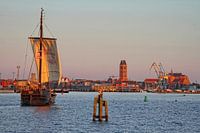 Hanseatic cog WissemaraHolger Felix
Hanseatic cog WissemaraHolger Felix Dead wood at the Darss west beachHolger Felix
Dead wood at the Darss west beachHolger Felix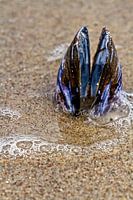 Mussel on the Baltic Sea beachHolger Felix
Mussel on the Baltic Sea beachHolger Felix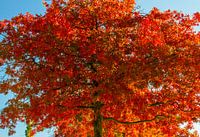 Maple in the fire of autumnHolger Felix
Maple in the fire of autumnHolger Felix St. Nikolai at the Fresh PitHolger Felix
St. Nikolai at the Fresh PitHolger Felix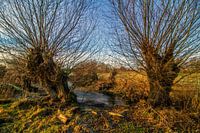 pollard willows at the pondHolger Felix
pollard willows at the pondHolger Felix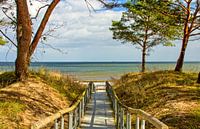 A place of longing on the beachHolger Felix
A place of longing on the beachHolger Felix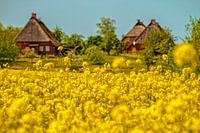 Through the golden rape to the thatched village of HobenHolger Felix
Through the golden rape to the thatched village of HobenHolger Felix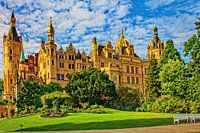 Castle view of Schwerin CastleHolger Felix
Castle view of Schwerin CastleHolger Felix Buhne on the beachHolger Felix
Buhne on the beachHolger Felix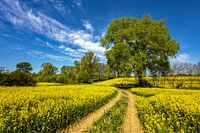 Rape countryHolger Felix
Rape countryHolger Felix Boltenhagen - Beach access 12Holger Felix
Boltenhagen - Beach access 12Holger Felix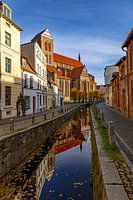 Brick Gothic in WismarHolger Felix
Brick Gothic in WismarHolger Felix Wismar and the Brick GothicHolger Felix
Wismar and the Brick GothicHolger Felix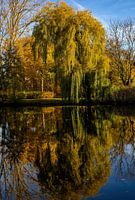 In the mirror of the lakeHolger Felix
In the mirror of the lakeHolger Felix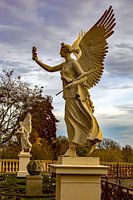 The floating victoriaHolger Felix
The floating victoriaHolger Felix World Heritage Schwerin CastleHolger Felix
World Heritage Schwerin CastleHolger Felix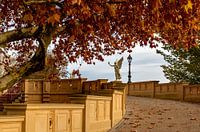 Floating Victoria viewHolger Felix
Floating Victoria viewHolger Felix Cross channel bridgeHolger Felix
Cross channel bridgeHolger Felix Autumn ginkgoHolger Felix
Autumn ginkgoHolger Felix





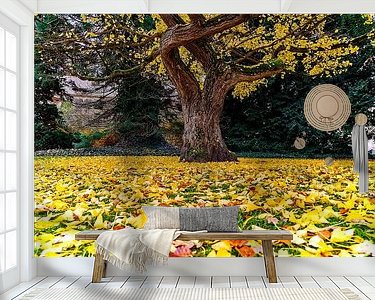

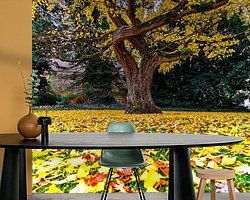

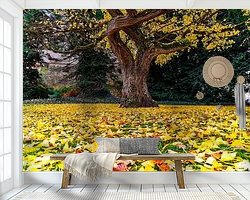
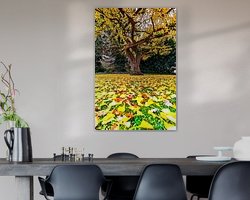
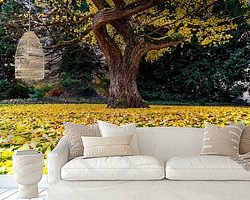

 Autumn
Autumn China
China Foliage
Foliage Germany
Germany Indian Summer
Indian Summer Japan
Japan Photo wallpaper
Photo wallpaper Photography
Photography Plants
Plants Serene Peace
Serene Peace Vibrant Colors
Vibrant Colors Zen
Zen









